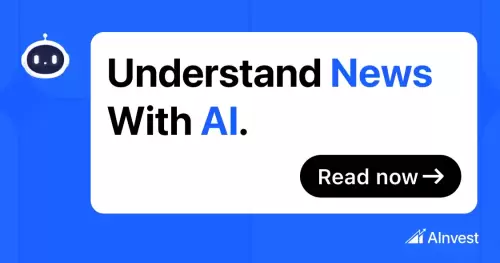 |
|
 |
|
 |
|
 |
|
 |
|
 |
|
 |
|
 |
|
 |
|
 |
|
 |
|
 |
|
 |
|
 |
|
 |
|
Zero-knowledge rollups (Zk-rollups) are a type of Layer 2 scaling solution for blockchain networks. They are designed to enhance scalability

What Are Zk-Rollups?
Layer 2 scaling solutions, such as rollups, are designed to enhance the scalability and efficiency of blockchain networks. They achieve this by bundling (or rolling up) multiple transactions into a single batch to process them off-chain. Among the different types of rollups, zk-rollups (short for zero-knowledge rollups) stand out due to their unique properties and advantages.
How Do Zk-Rollups Work?
Zk-rollups “roll up” multiple (up to thousands) transactions into a single batch and then process them off-chain. This way, zk-rollups significantly reduce the workload on the parent chain, allowing for faster transaction processing and reduced fees. Some of the transactions handled off-chain include token transfers, contract interactions, and other activities that would normally occur directly on the Layer 1 network.
After aggregating these transactions, a zk-rollup scaling solution generates a zero-knowledge proof, typically a zk-Snark (Zero-Knowledge Succinct Non-Interactive Argument of Knowledge) or a zk-Stark (Zero-Knowledge Scalable Transparent Argument of Knowledge). These cryptographic proofs serve as mathematical guarantees that the batched transactions have been executed correctly off-chain without disclosing any transaction details.
Once the zero-knowledge proof is created, it is submitted on-chain, along with a minimal set of transaction data. This usually includes a state root (a snapshot of the overall state of the system after the batch of transactions has been processed) and a transaction root (which summarizes the batched transactions). These are submitted to a smart contract deployed on the Layer 1 blockchain.
The smart contract on the Layer 1 network verifies the validity of the zero-knowledge proof. Since the proof is mathematically sound, this verification process takes significantly less time and computational resources than processing each transaction. After the proof is verified, the Layer 1 blockchain updates its state to reflect the changes induced by the processed batch of transactions.
Popular examples of zero knowledge Layer 2 networks include Immutable X, zkSync and Linea, among others.
Disclaimer:info@kdj.com
The information provided is not trading advice. kdj.com does not assume any responsibility for any investments made based on the information provided in this article. Cryptocurrencies are highly volatile and it is highly recommended that you invest with caution after thorough research!
If you believe that the content used on this website infringes your copyright, please contact us immediately (info@kdj.com) and we will delete it promptly.






























































